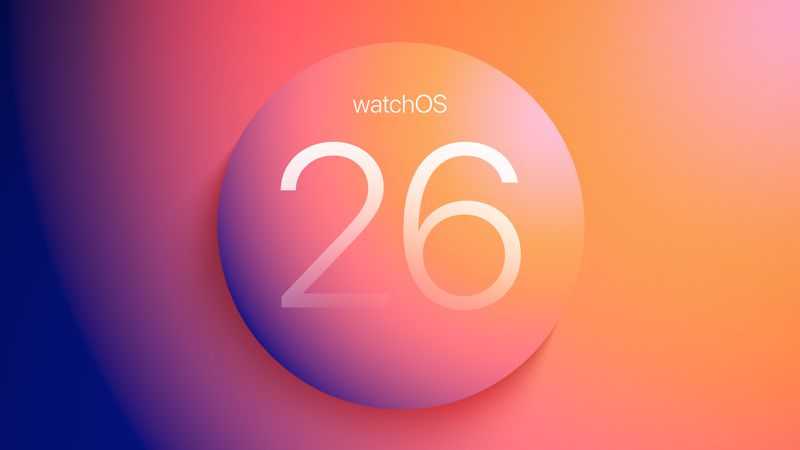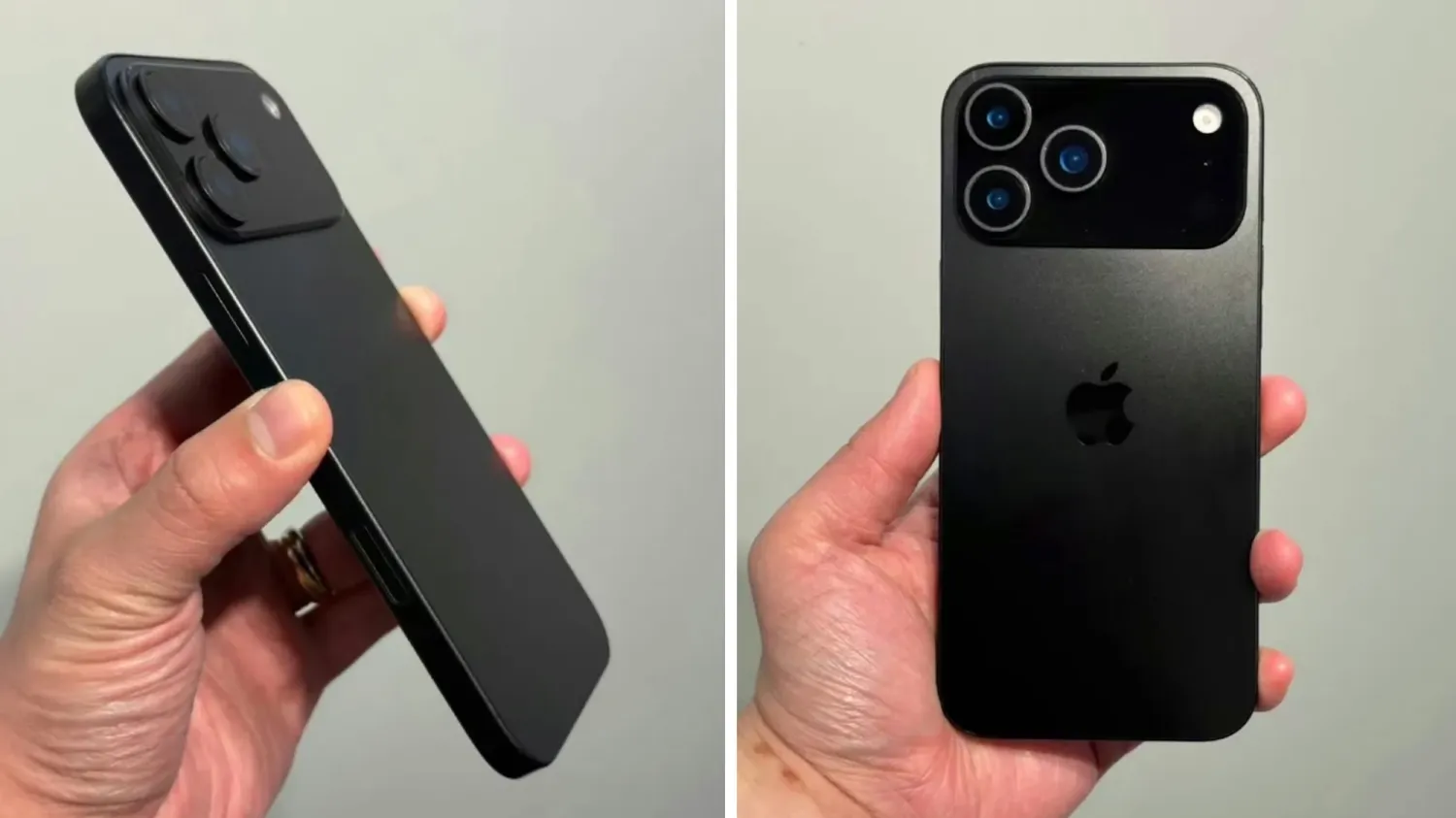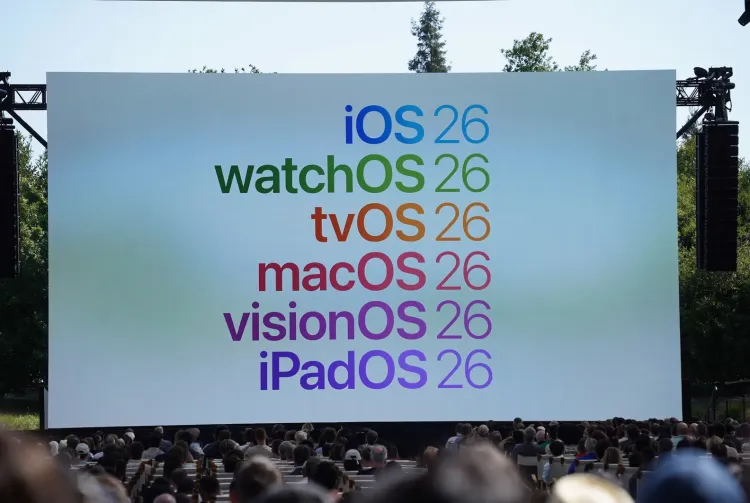The tech world is abuzz with whispers about Apple’s next iPhone iteration, the anticipated iPhone 17 series. Among the swirling rumors, one stands out: the potential arrival of a strikingly slim model, tentatively dubbed the “iPhone 17 Air.” This rumored device has sparked considerable interest, with recent reports shedding light on its potential dimensions and pricing strategy. Could Apple be on the verge of redefining thinness in smartphones?
A Razor-Thin Profile: Pushing the Boundaries of Design
A recent report originating from South Korea, published in the Sisa Journal, has ignited speculation regarding the iPhone 17 Air’s remarkable thinness. The report suggests Apple is targeting a mere 6.25mm profile. To put this into perspective, the current iPhone 16 measures 7.8mm.1 If these rumors hold true, the iPhone 17 Air would be approximately 20% thinner than its predecessor, a reduction of nearly 1.6mm. This is a significant leap in design engineering.
Such a drastic reduction in thickness would not only be impressive but also potentially groundbreaking. If achieved, the iPhone 17 Air could even surpass the iPhone 6, previously the thinnest iPhone ever produced, by nearly 10%. This pursuit of extreme thinness demonstrates Apple’s relentless focus on pushing the boundaries of industrial design.
A Competitive Edge? Comparing Thickness with the Competition
The pursuit of thinness isn’t just about aesthetics; it’s also about competitive advantage. Comparing the rumored iPhone 17 Air to its rivals paints an interesting picture. Samsung’s Galaxy S24 measures 7.8mm, while the Galaxy S24 Ultra comes in at 8.6mm. Both are thicker than the current iPhone 16, let alone the rumored iPhone 17 Air. This stark contrast highlights Apple’s potential to differentiate itself in a market where thinness is often associated with premium design.
Pricing Strategy: Balancing Thinness with Affordability
The Sisa Journal report also touched upon the potential pricing of the iPhone 17 Air. The report suggests a starting price of around $800. While this figure is subject to change based on storage configurations and other factors, it positions the Air model as a more affordable option compared to the current iPhone 16 Plus, which starts at $900.
This strategic pricing raises an interesting question: why would Apple introduce a cheaper model to potentially replace a more expensive one? The answer may lie in the compromises necessary to achieve such a slim form factor.
Trade-offs for Thinness: Speculation on Feature Reductions
Rumors suggest the iPhone 17 Air might replace the Plus model entirely, meaning there wouldn’t be an iPhone 17 Plus at all. This shift could be attributed to the sacrifices Apple might make to achieve the desired thinness.
Reports from sources like The Information, dating back to 2024, have suggested potential feature reductions. One such compromise could be the reduction to a single earpiece speaker at the bottom of the device, unlike some current iPhone models that feature dual bottom speakers. There’s also speculation about the iPhone 17 Air potentially featuring a single, centrally located rear camera—a departure from the traditional iPhone camera layout.
Another intriguing rumor suggests that the iPhone 17 Air could be the first device to utilize Apple’s in-house developed modems. This would mark a significant step towards Apple’s vertical integration strategy.
Cautious Optimism: Waiting for Official Confirmation
While these reports offer a tantalizing glimpse into the potential future of the iPhone, it’s crucial to approach them with a degree of caution. Until Apple officially unveils the iPhone 17 series, these details remain firmly in the realm of speculation. The pursuit of extreme thinness is a challenging endeavor, and whether Apple can successfully achieve its rumored goals remains to be seen.
However, the whispers surrounding the iPhone 17 Air have undoubtedly ignited excitement and anticipation for what Apple has in store. The prospect of a dramatically thinner iPhone raises intriguing questions about design trade-offs, technological advancements, and the future of smartphone aesthetics. Only time will tell if these rumors materialize, but they certainly provide a compelling narrative for the next chapter in the iPhone’s evolution.
Source







